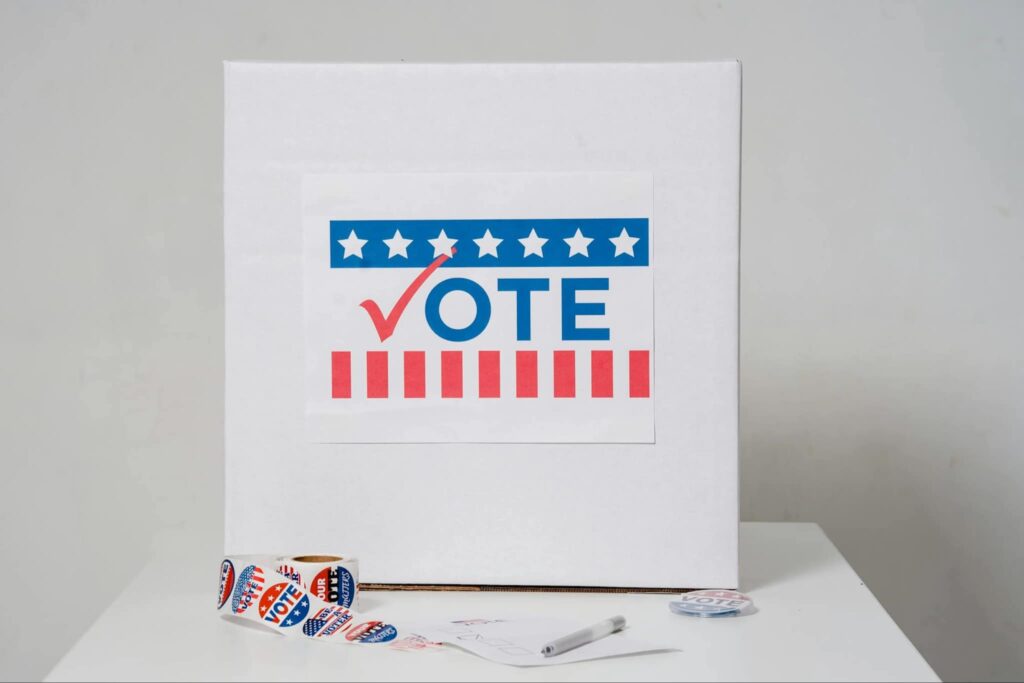
Thomas Jefferson once said, “We do not have government by the majority. We have government by the majority who participate.” With that in mind, the question becomes: Who is the participatory majority in the United States?
Historically, those who are aged 60 years and older are the most active demographic of the electorate, with their voter turnout often exceeding 70%. Just behind them is the 45-year-old- 59-year-old group, whose rate of participation hovers between 60 and 69%. The age group with the lowest percentage of active voters is 18-year-olds to 29-year-olds. Those percentages are lower for midterm and primary elections. Just once has voter participation amongst the youngest eligible voters breached 50%. In 2020, an estimated 55% of eligible young voters participated in the general election, an increase from 39% in 2016, and 41% in 2012.
So, what about the 2020 presidential race brought young voters to the polls?
Some scholars, like those at the Center for Information and Research on Civic Learning and Engagement (CIRCLE), suggest it’s due to the sheer competitiveness of the race. Or, perhaps, an increase in the number of young citizens who are attending or have graduated from college. College graduates tend to be a population with higher voter participation. There is also, of course, the fact that the 2020 election occurred during the COVID pandemic, and many states allowed for mail voting or other alternatives to in-person voting on election day. States with more accessible electoral laws saw an even higher number of young voters cast their votes.
Whatever the reason, the 2020 presidential election offered a hopeful glance at something that has long been missing from American public policy: a civically engaged youth.
This year, with Donald Trump and Kamala Harris on the ballot, the passion exhibited by young voters in 2020 has died down. Among 18-29-year-olds who voted in 2020, only 66% say they will definitely vote again in this November. When pressed for reasons why, three answers were given: they’d like to see younger candidates on the ballot, neither major party understands the needs of young voters, and, interestingly, that life is just simply harder for young Americans now than it was when their parents or grandparents were in their twenties.
And, yes, data supports that sentiment. Life is harder for young adults now than it has been in the past. Homeownership is largely unattainable, wages are stagnant, and climate concerns are becoming harder to dismiss. The least politically active demographic in the nation is the generation that is being legislated out of the American Dream, while the most politically active generation will likely not live long enough to see the impacts of policies being passed.
These aren’t the conditions that your grandparents grew up in, so don’t let their voices be the only ones that are heard.
Politics, especially this decade, are fatiguing. There is infighting and, increased hostility and the looming risk of radicalization. But abstention and apathy are not the solution. Every great movement starts with the nation’s youth. Those idealistic and, sometimes, naive enough to believe in a better future. Those who can look at a nation that is divided and hardened and see not a pile of rubble but an opportunity to do good work. Part of that good work, however, is showing up in November and casting a vote. Take inventory of what matters most to you, and find which candidate most closely aligns with those values.
Also, remember that general elections offer so much more than an opportunity to select a new president. All congressional representatives are up for reelection, and so are thirty-three senators. Not to mention, each state has its own ballot measures, as well.
For unbiased information on candidates’ stances and a breakdown of your states’ ballot measures, check out politico.com.
This was written by our contributing writer, Kate Schifano.
Leave a Reply